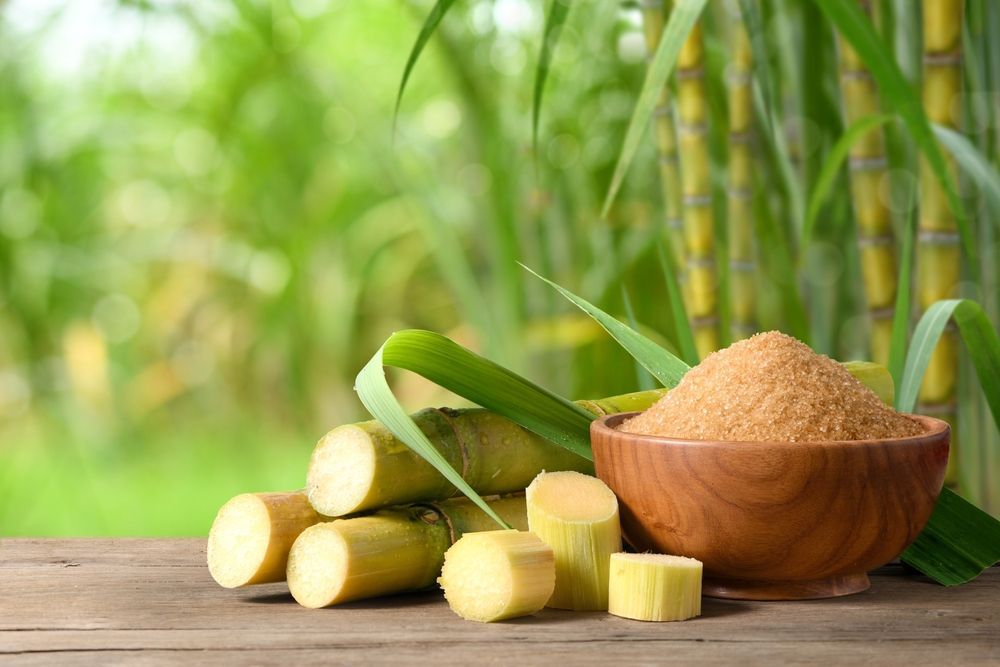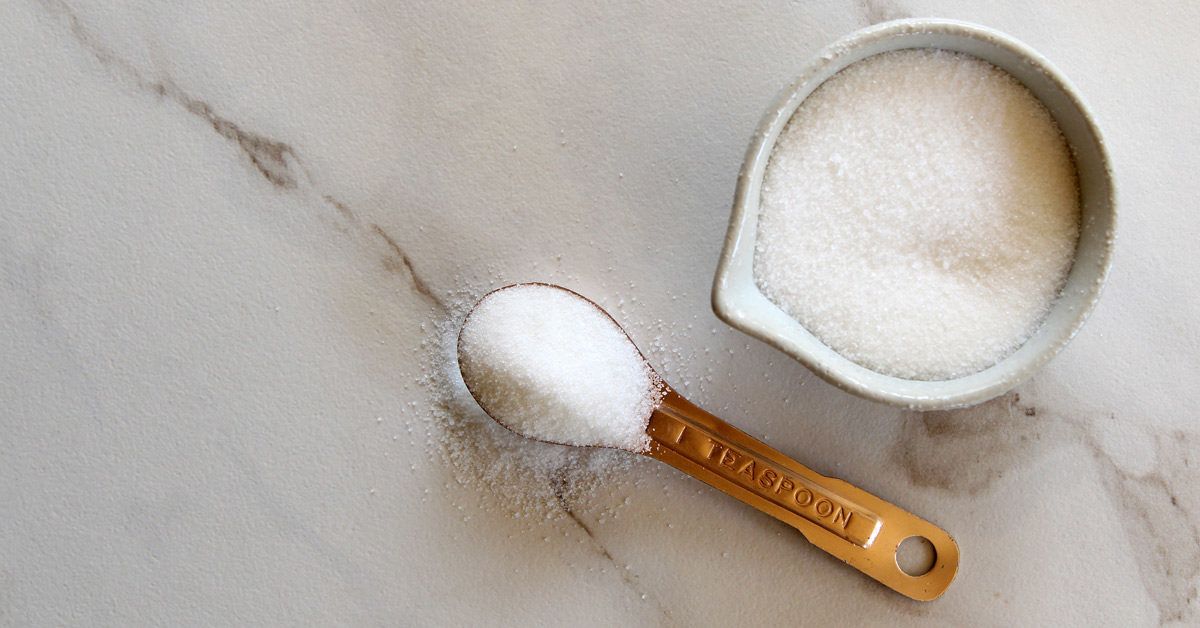The growing techniques for beet sugar vs cane sugar contribute to differences in harvesting time.
The growing techniques for beet sugar vs cane sugar contribute to differences in harvesting time.
Blog Article
Exploring the Distinctions being used and Benefits In Between Beet Sugar Vs Cane Sugar
In the culinary globe, the option in between beet sugar and cane sugar is not simply about sweetness but includes a nuanced consideration of taste, application, and impact. While both sugars originate from different plants, each undertakes special production procedures that subtly influence their qualities and viability for different recipes. As chefs and customers progressively focus on both the environmental and taste profiles of their components, understanding these distinctions becomes vital. This expedition supplies insight right into how each sugar type can best boost culinary creations.
Beginnings and Manufacturing Procedures of Beet and Cane Sugar

Walking cane sugar, on the other hand, comes from the sugarcane plant, an exotic grass belonging to Southeast Asia today cultivated in tropical areas worldwide. The manufacturing of cane sugar starts with the harvesting of cane stalks, which are squashed to launch the juice. This juice is then boiled to focus it, after which it is spun in centrifuges to create raw sugar crystals. These crystals are more refined to produce the white sugar generally available in stores.

Nutritional Content and Wellness Considerations

When contrasting the nutritional material of beet sugar and cane sugar, it ends up being evident that both types basically provide the exact same calorie values, with around 16 calories per tsp and no significant nutrient variety. Each is made up virtually completely of sucrose, which is an easy carbohydrate that uses quick energy yet lacks vitamins, minerals, or fiber. This resemblance expands to their effect on health and wellness, particularly worrying blood sugar degrees. Both sugars, when eaten in excess, can add to elevated blood sugar levels, a threat factor for diabetic issues and various other metabolic problems. Furthermore, excessive consumption can cause weight gain and oral problems, as both sugars are similarly cariogenic, read the article advertising tooth decay. From a health and wellness viewpoint, regulating consumption of any kind of sort of sugar, whether from beet or cane, is a good idea to stay clear of these possible adverse results on well-being. Thus, neither holds a distinct advantage over the other in regards to wellness advantages.
Taste Profiles and Culinary Applications
In spite of their comparable chemical structures, beet sugar and cane sugar differ discreetly in flavor, which can affect their usage in various cooking contexts. Walking cane sugar frequently lugs a hint of molasses, even in its refined type, offering a warm, caramel-like undertone that improves baked products, coffee, and chocolate-based dishes. On the other hand, beet sugar is defined by its extremely improved, neutral taste, making it a versatile sugar that does not modify the flavor profiles of meals.
Ecological Influence and Sustainability
While both beet and cane sugars are stemmed from plants, their environmental impacts vary considerably as a result of the distinctive methods of cultivation and handling needed for each. Sugar beet cultivation commonly entails comprehensive automation, which can raise nonrenewable fuel source consumption and carbon emissions. Beetroots can be expanded in cooler climates and need less watering, possibly lowering water use contrasted to sugarcane. Sugarcane, on the various other hand, is normally expanded in exotic areas where it relies greatly on irrigation and a longer growing duration, raising its water impact.
Moreover, the handling of sugarcane typically creates a significant amount of waste, consisting of bagasse, which, although functional as biofuel, frequently adds to air contamination if shed inefficiently. Sugar beet processing makes use of more of the raw products, leading to less waste. Both markets beet sugar vs cane sugar face challenges in lowering their environmental footprints, yet continuous advancements in agricultural practices and waste management are intending to boost sustainability.
Economic Factors Affecting the Sugar Industry
The economic characteristics of the sugar sector are have a peek at this website significantly influenced by international market needs and profession plans. In regions where sugarcane or sugar beet production is subsidized, producers may have a financial advantage that enables them to offer lower rates on the international market.
Furthermore, changes in worldwide demand for sugar, affected by nutritional patterns and industrial use in food, straight effect prices and production degrees. beet sugar vs cane sugar. Climate conditions also play a pivotal duty, as they can substantially impact crop returns and, as a result, the supply chain. This variability introduces a degree of economic unpredictability that can bring about financial investment volatility in sugar production industries, influencing choices from planting to market technique
Final Thought
In conclusion, both beet and cane sugar have unique top qualities that suit various culinary requirements. While cane sugar conveys a rich taste suitable for boosting baked goods, beet sugar's nonpartisanship is ideal for lighter recipes.
Report this page